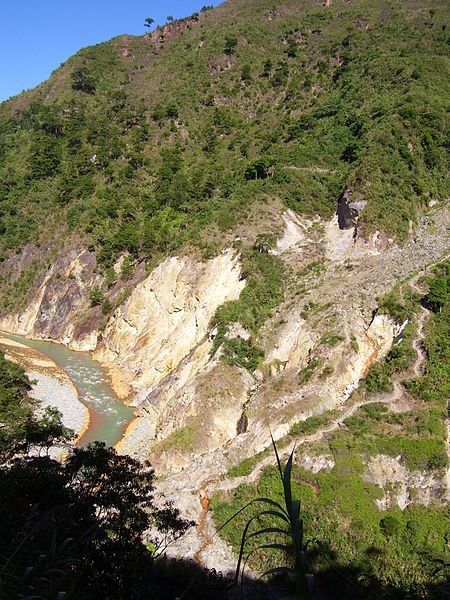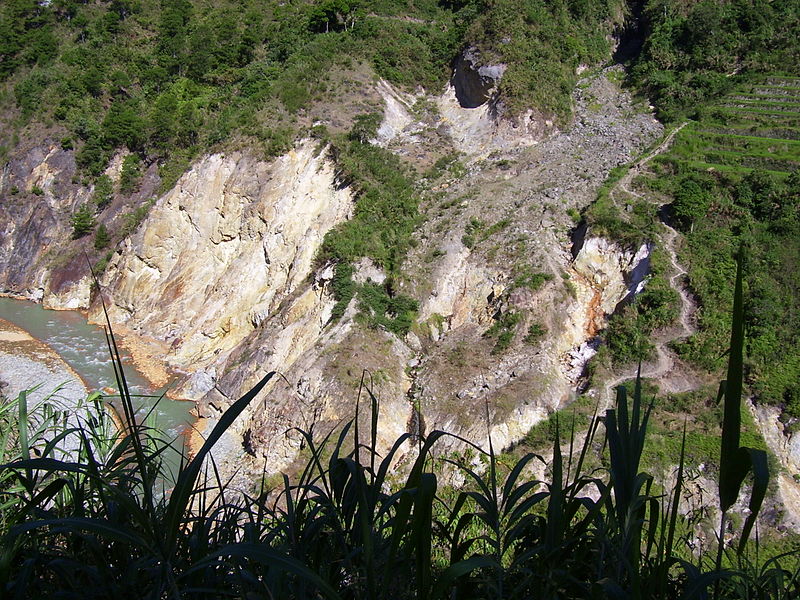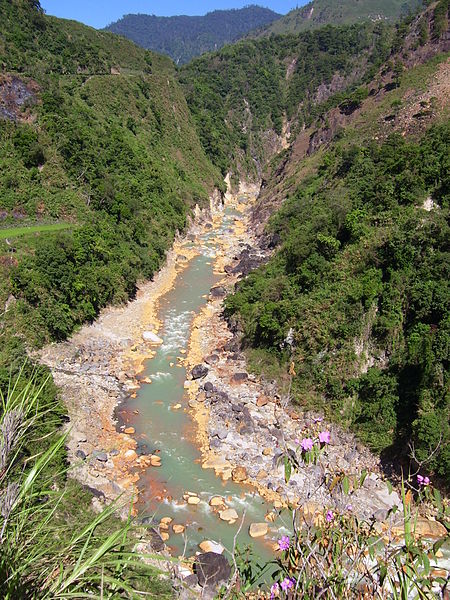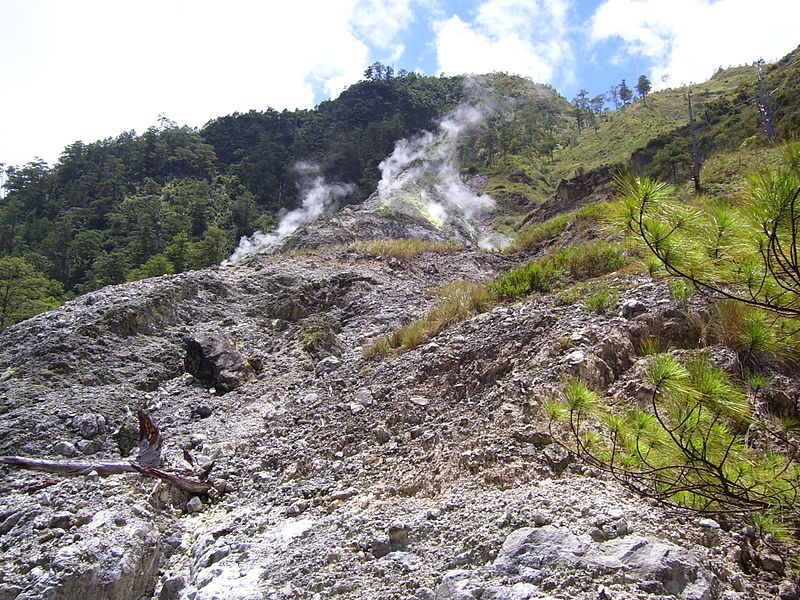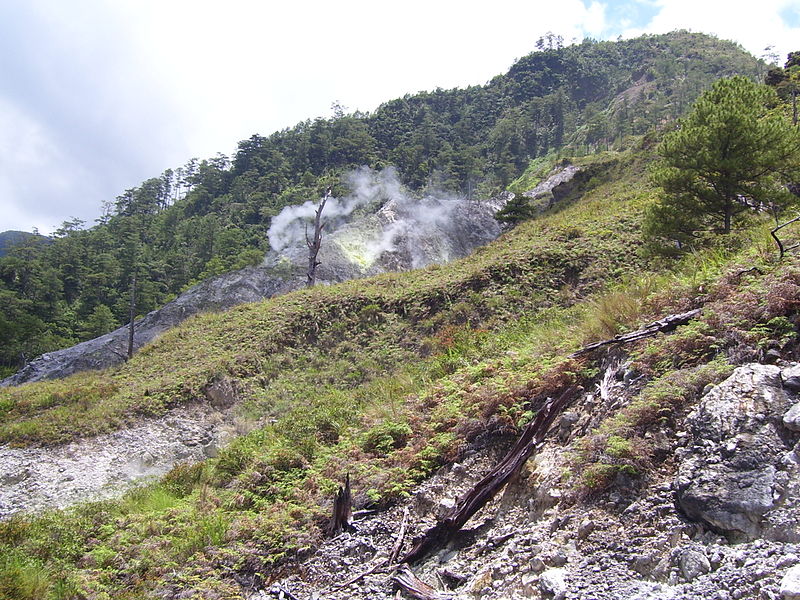Mount Binuluan
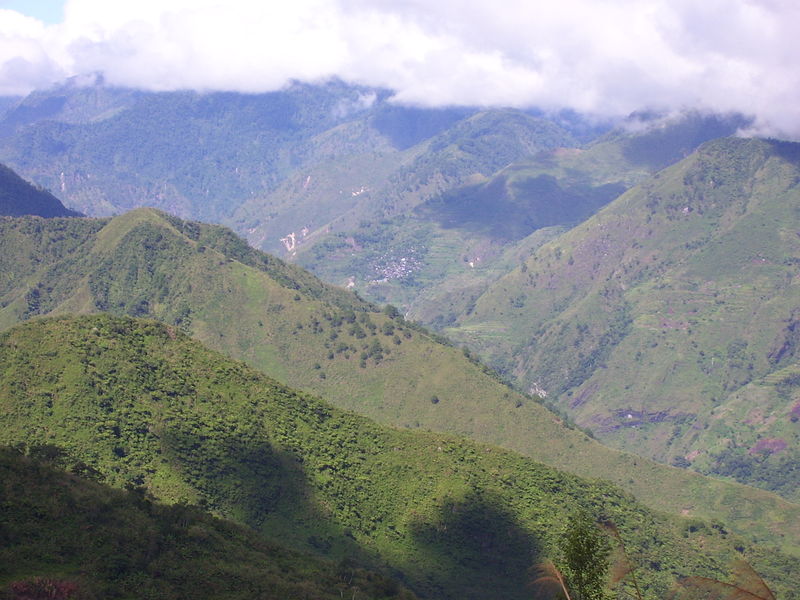
Facts and practical information
Mount Binuluan, also known as Ambalatungan, is a formidable volcano located in the rugged terrains of Kalinga province in the northern Philippines. Not as renowned as the iconic Mayon or Taal volcanoes, Mount Binuluan nonetheless commands respect due to its active nature and the potential threat it poses to nearby communities.
This remote stratovolcano features a complex of domes and craters, with its highest peak soaring to an elevation of approximately 2,329 meters above sea level. It is part of the Cordillera Central range, a segment of a series of volcanic features that adorn the landscape of Luzon, the largest island in the Philippines.
Mount Binuluan is known for its hydrothermal activity, which is evident from the numerous hot springs and fumaroles that dot its landscape. The volcano has a history of phreatic eruptions, the most recent of which occurred in the late 20th century, reminding locals and scientists alike of its unpredictable nature.
Due to its remote location and challenging terrain, Mount Binuluan does not attract the same level of tourism as some of its more accessible counterparts in the Philippines. Nevertheless, it remains an important subject of study for volcanologists who monitor its activity and work to understand the complex geological processes at play.
The volcano's presence is a constant reminder to the inhabitants of the region of the dynamic and ever-changing earth, and it plays a significant role in the local ecosystem. Its slopes are covered with lush vegetation, providing habitat for a variety of wildlife, and contributing to the rich biodiversity of the region.
Kalinga
Mount Binuluan – popular in the area (distance from the attraction)
Nearby attractions include: Tinglayan.


